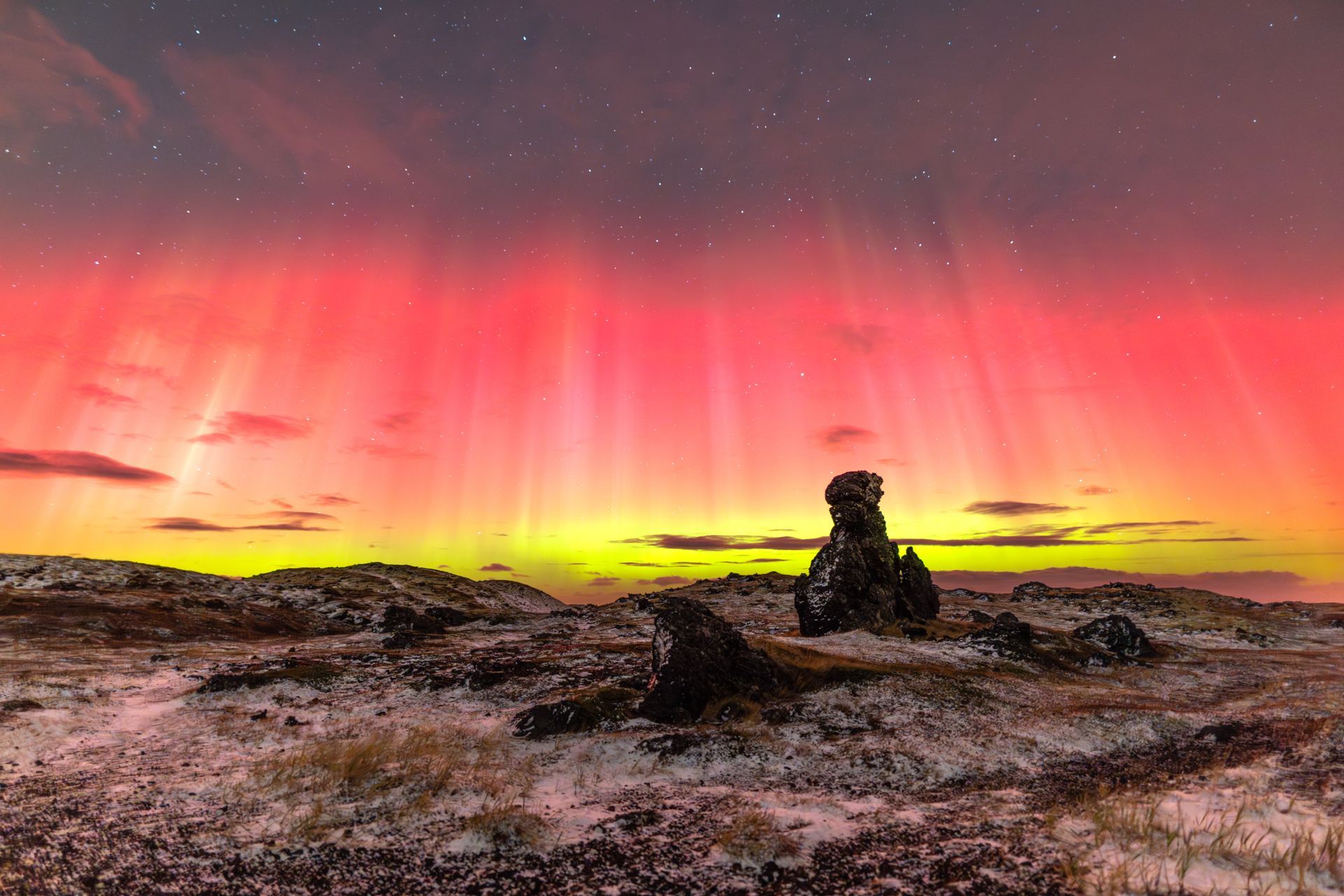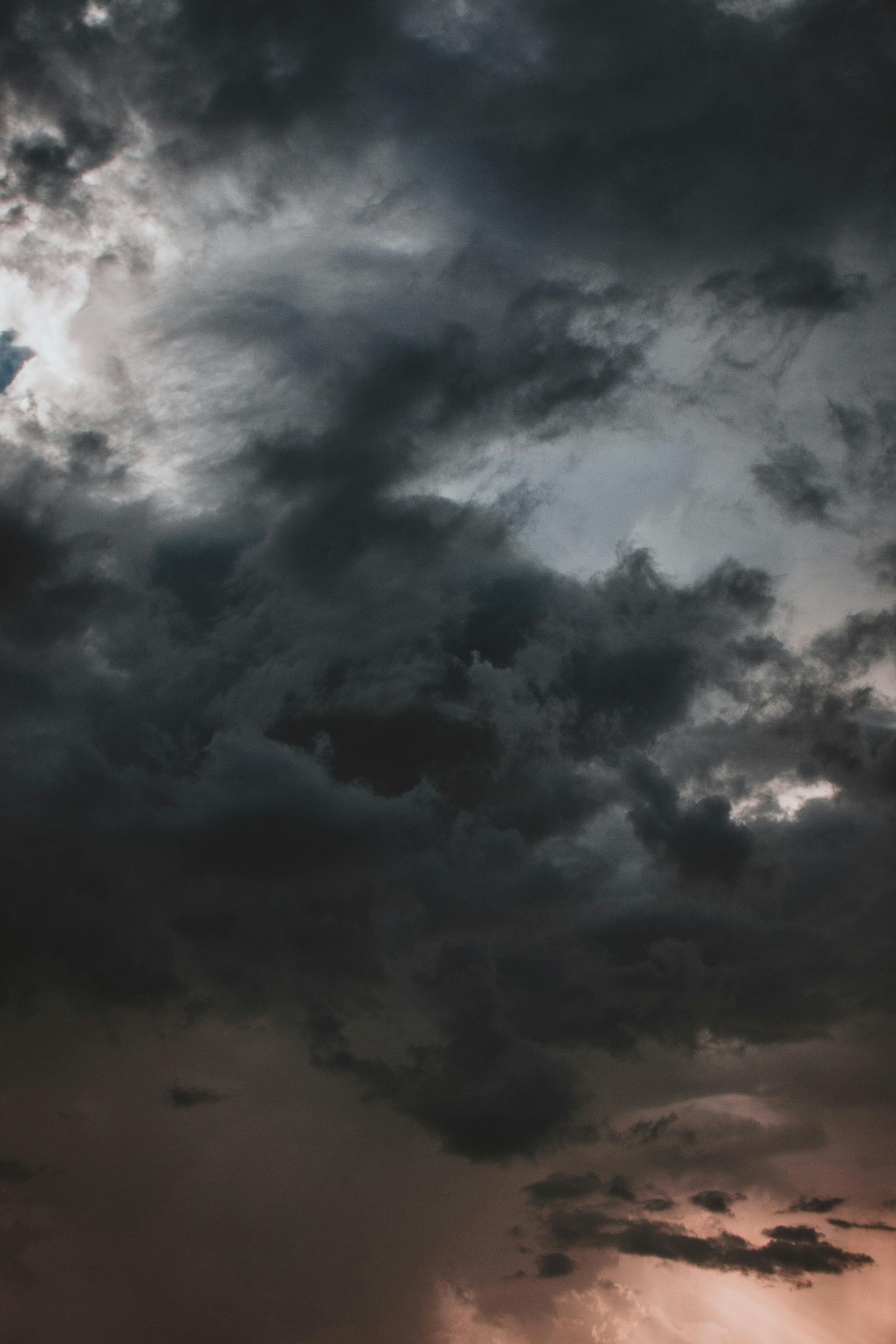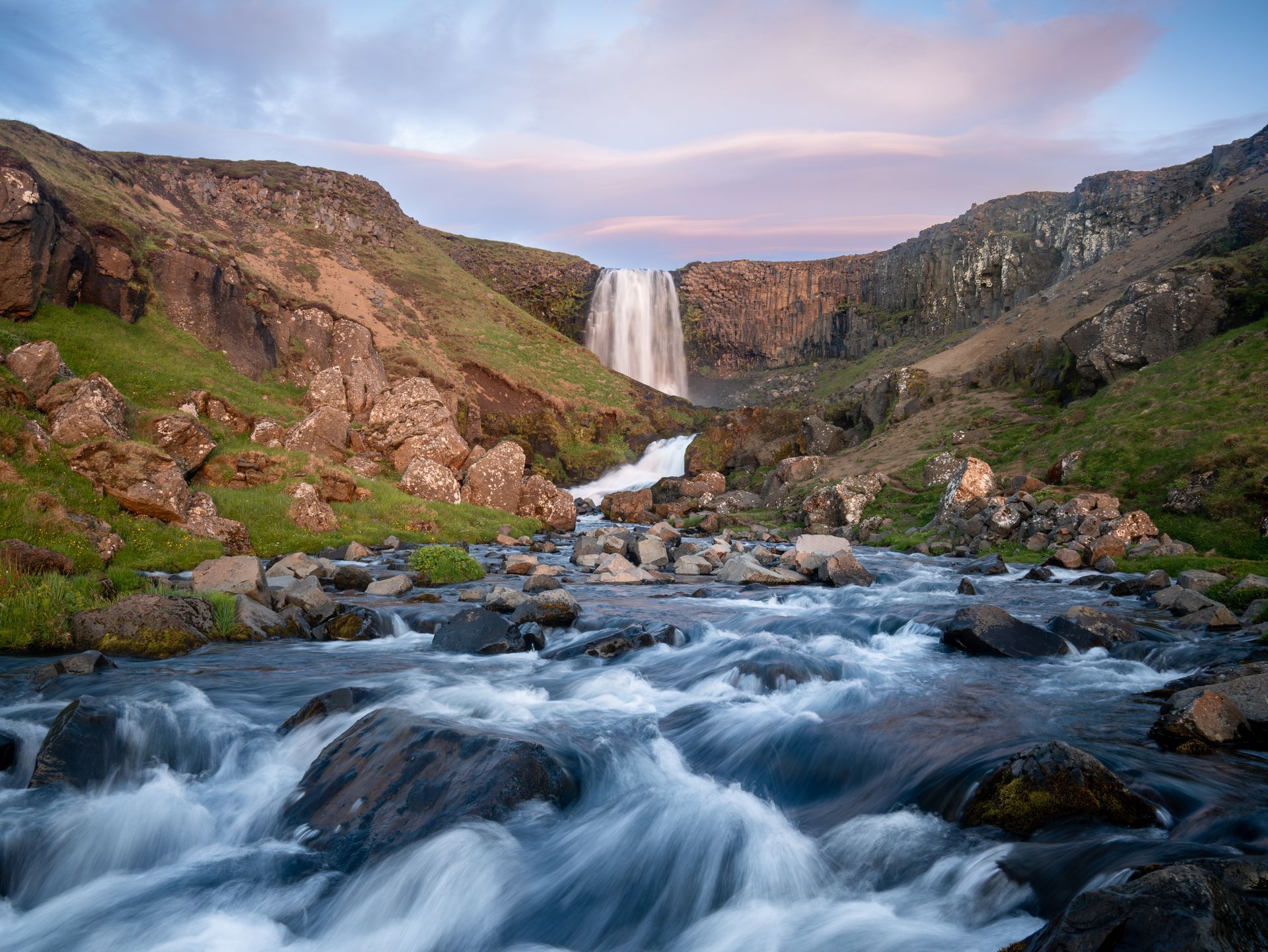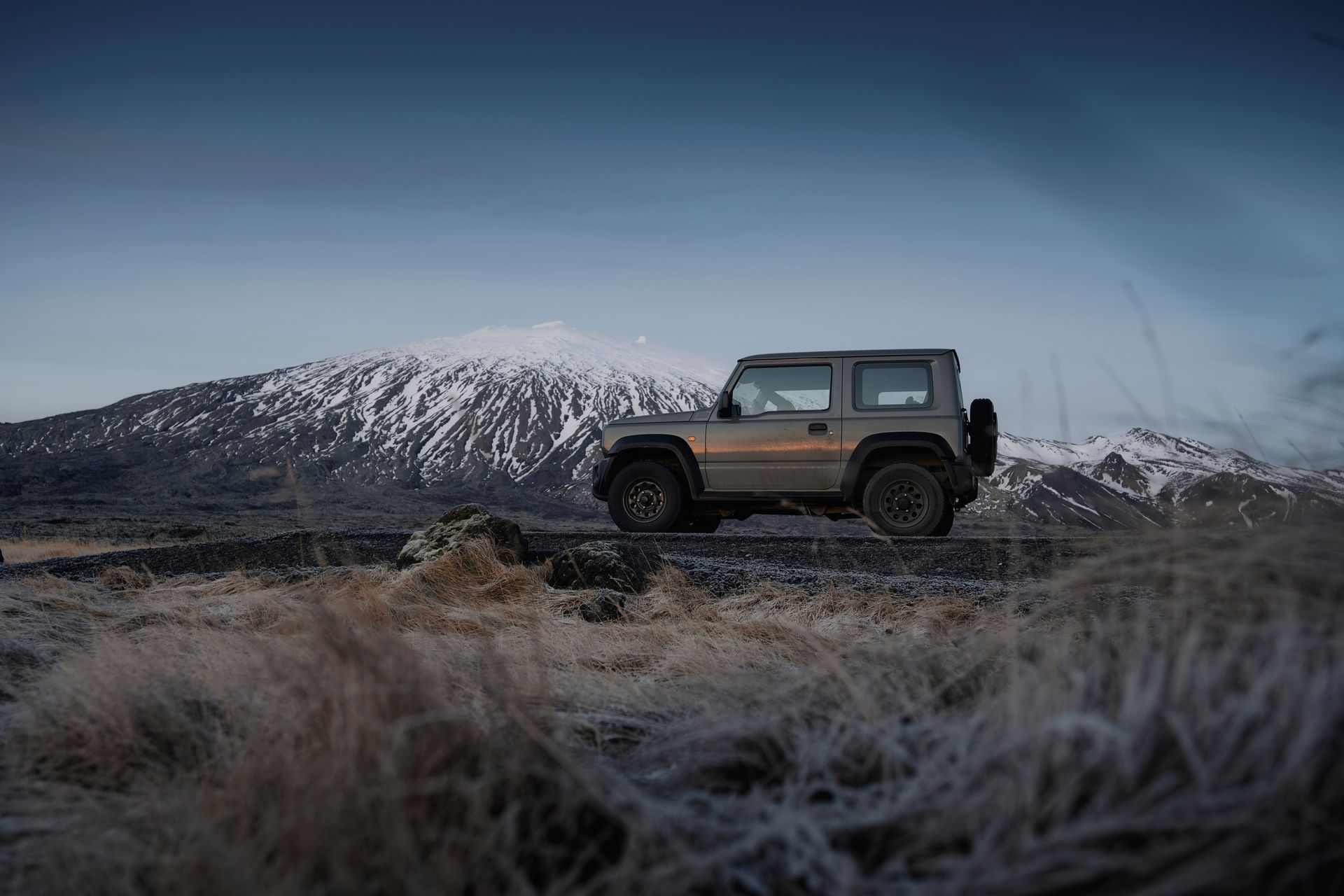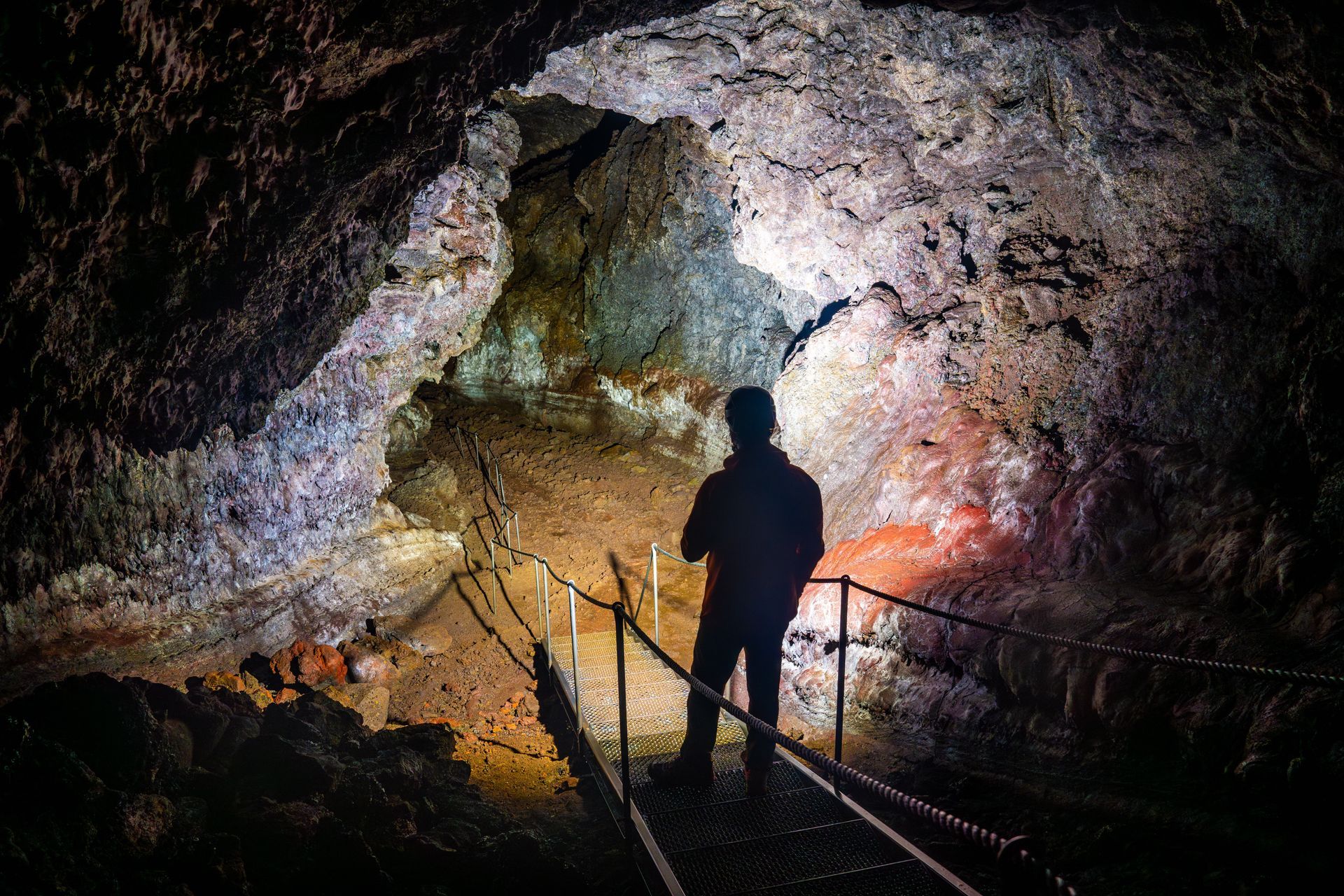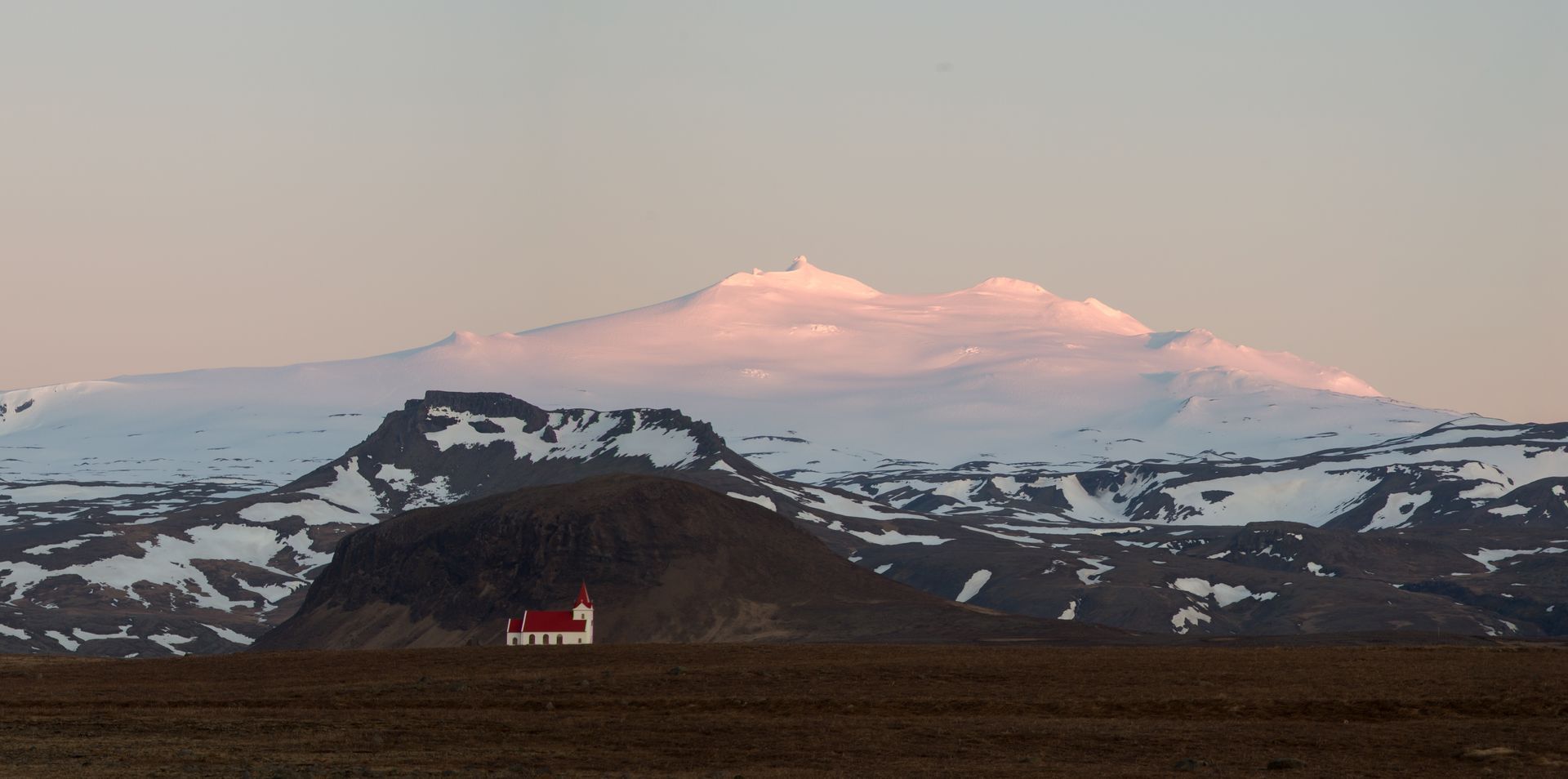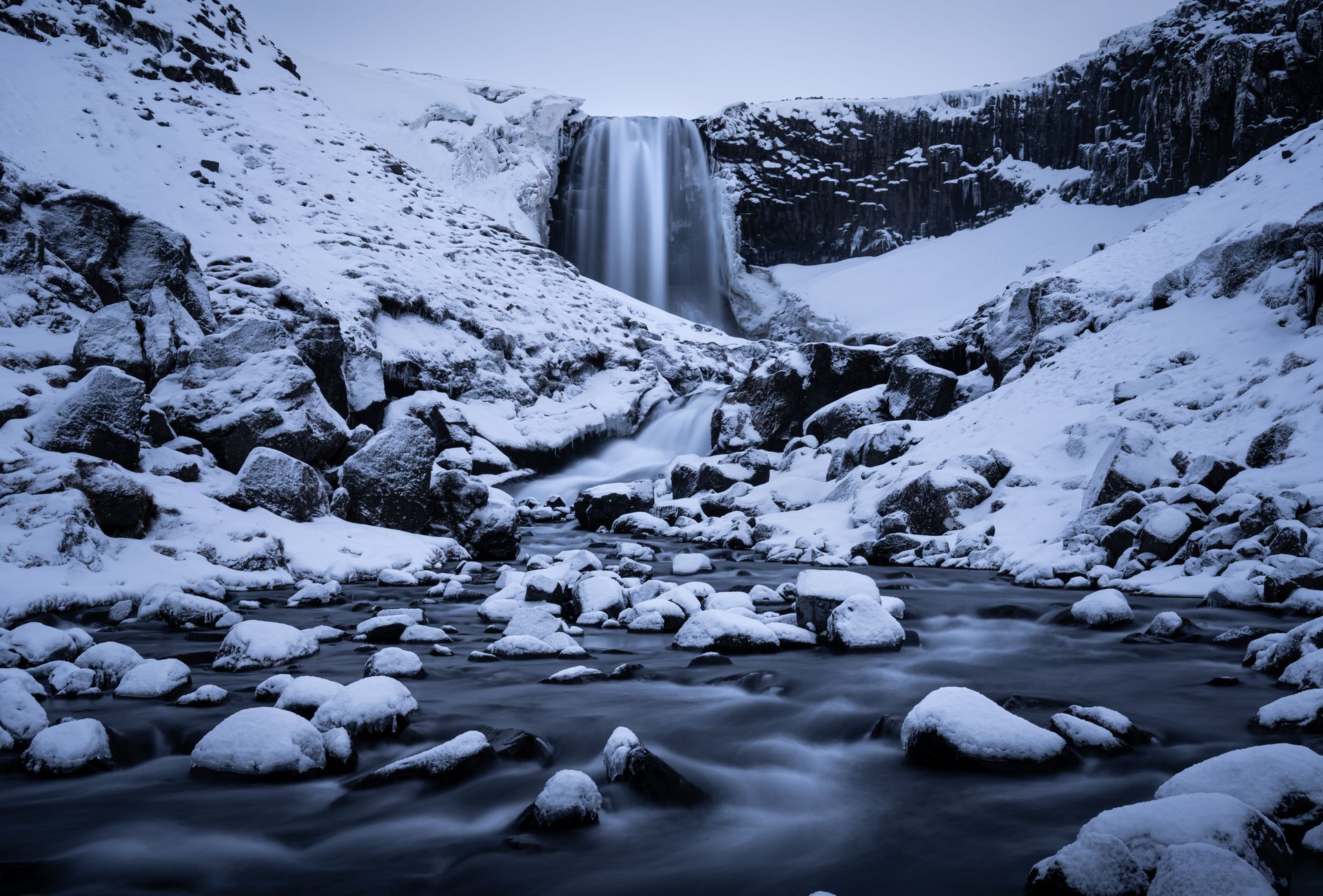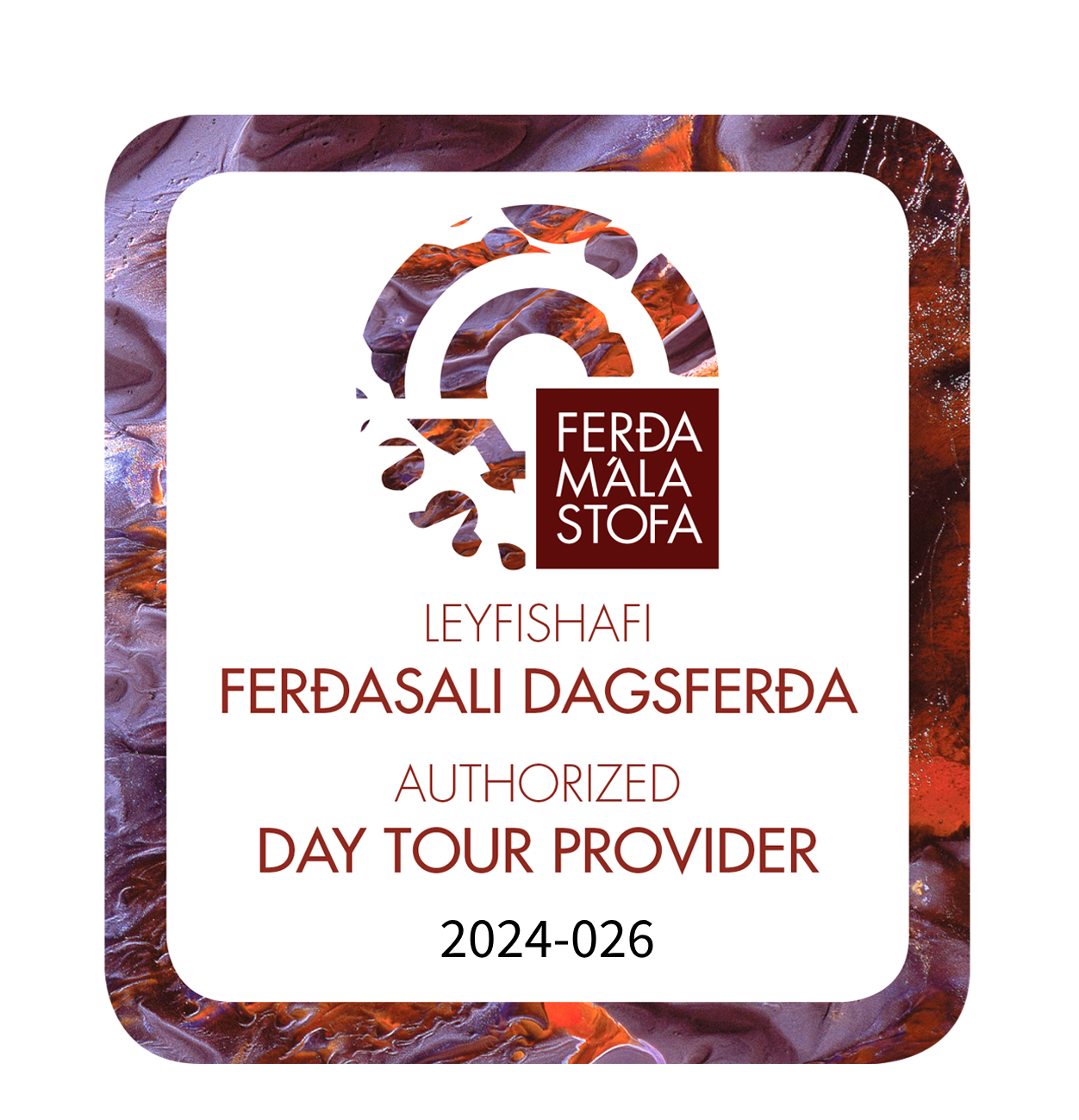Northern Lights in Snæfellsnes: Your Ultimate Guide to Aurora Hunting in Iceland
Are you dreaming of witnessing the Northern Lights in Snæfellsnes? Iceland’s majestic Snæfellsnes Peninsula is often called “Iceland in Miniature” because it boasts everything from stunning coastlines and dramatic lava fields to an iconic glacier-capped volcano. But it’s also one of the country’s best-kept secrets for Aurora Borealis viewing. Below, we’ll walk you through the basics of spotting the Northern Lights in Iceland and why Snæfellsnes might just be the perfect place to make that dream come true.
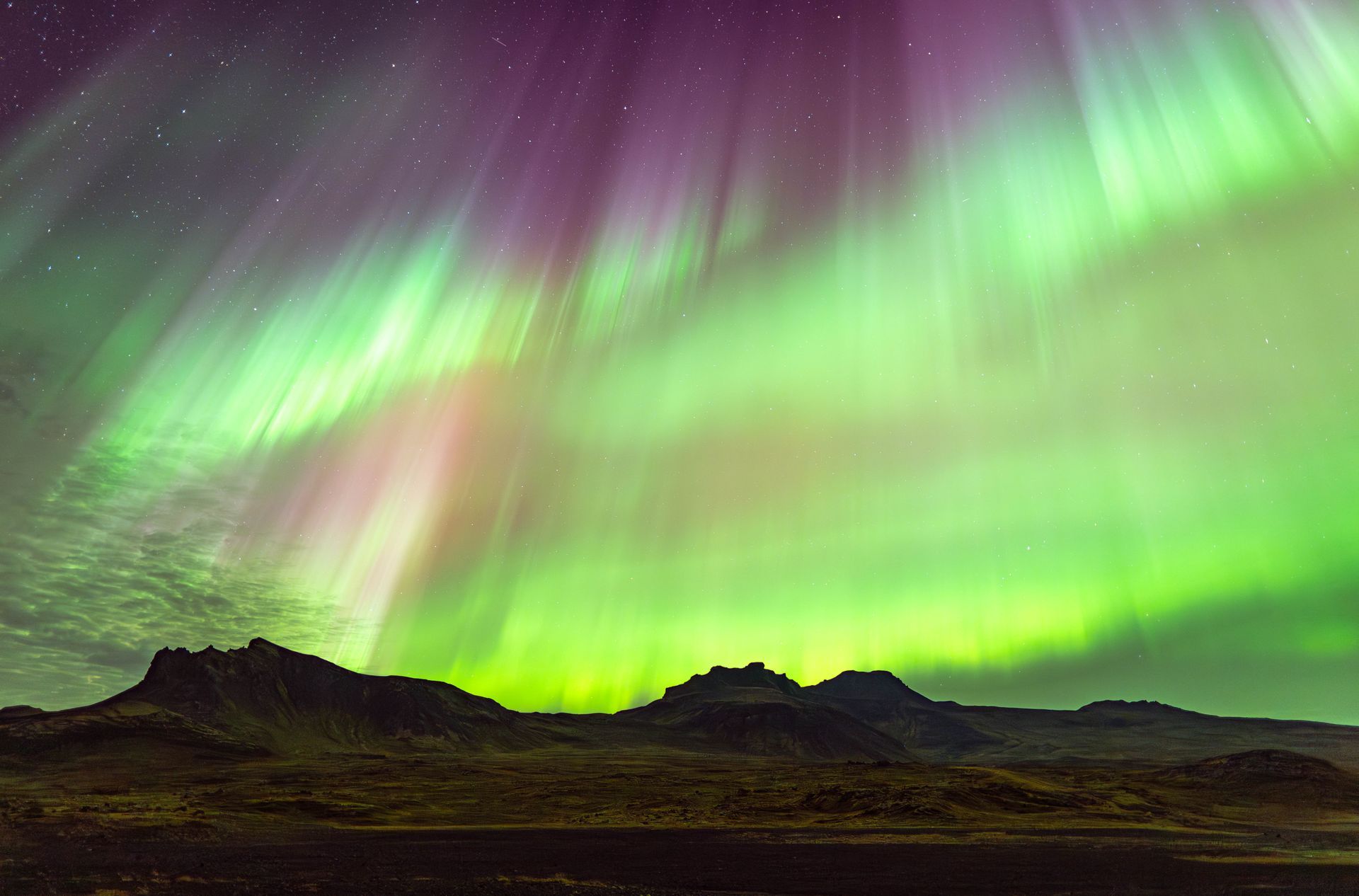
Why Snæfellsnes is a Top Spot for Northern Lights in Iceland
- Minimal Light Pollution
Thanks to its smaller towns and wide-open landscapes, Snæfellsnes experiences less light pollution compared to popular areas closer to Reykjavik. On a clear night, you’ll have dark skies perfect for Aurora spotting. - Dramatic Scenery
The peninsula features jaw-dropping backdrops like Hreggnasi (Our favorite backdrop for Northern Lights), Kirkjufell (one of Iceland’s most photographed mountains), black-sand beaches, and the legendary Snæfellsjökull Glacier. These scenic landmarks frame the dancing lights, making your photos even more spectacular. - Quiet, Less-Crowded Viewing
Many travelers rush to the Golden Circle or other well-known spots. Snæfellsnes offers a more relaxed, authentic experience, so you can watch the sky illuminate without feeling overcrowded.
Best Time to See the Northern Lights in Snæfellsnes
While the Northern Lights can appear any time the sky is dark, the typical Aurora season in Iceland runs from late September through mid-April. During these months, nights are long enough for the sky to reveal its colorful displays. December and January have the longest nights, but February and March often provide more stable weather conditions.
Keep in mind that Northern Lights are a natural phenomenon—there’s never a 100% guarantee. However, visiting in the winter months with multiple nights to spare will give you the best chance for a successful sighting.
Tips for Maximizing Your Chances of Seeing the Aurora
- Check the Weather Forecast
Icelandic weather changes quickly. An Aurora forecast combined with a local weather forecast is essential for timing your outing. (This is where our local expertise really comes into play—be sure to read more in our detailed weather forecasting guide for Snæfellsnes below) - Check the Aurora Forecast
We use the forecast from Geophysical Institute of University of Alaska, there are other options as well.
Get familiar with this website and learn about the KP values, which for basic understanding is enough to know if conditions are favorable. Generally we don’t go out unless the KP value is greater than 2. - Look North
Often the displays are quite high above the Northern horizon. During more powerful activity the Aurora belt may move directly above or even further south. Most beautiful displays are when Aurora activity is right above your head, then you get the corona vantage point. - Chase Clear Skies
Even a strong Aurora Borealis can be obscured by heavy cloud cover. If you notice breaks in the cloud forecast, head to areas with the fewest clouds. - Stay Up Late
The most vibrant Northern Lights displays often occur between 10:00 PM and 2:00 AM. Plan on being flexible; bring warm clothes, snacks, and prepare to wait if needed. - Embrace the Dark
Get away from streetlights and major towns. Rural areas near Arnarstapi, Hellnar, and along the coast towards Djupalónssandur can offer pristine darkness for unbeatable Aurora viewing. The lowest light pollution in Snæfellsjökull National Park can be found near the Vatnshellir Cave and Djúpalónssandur area.
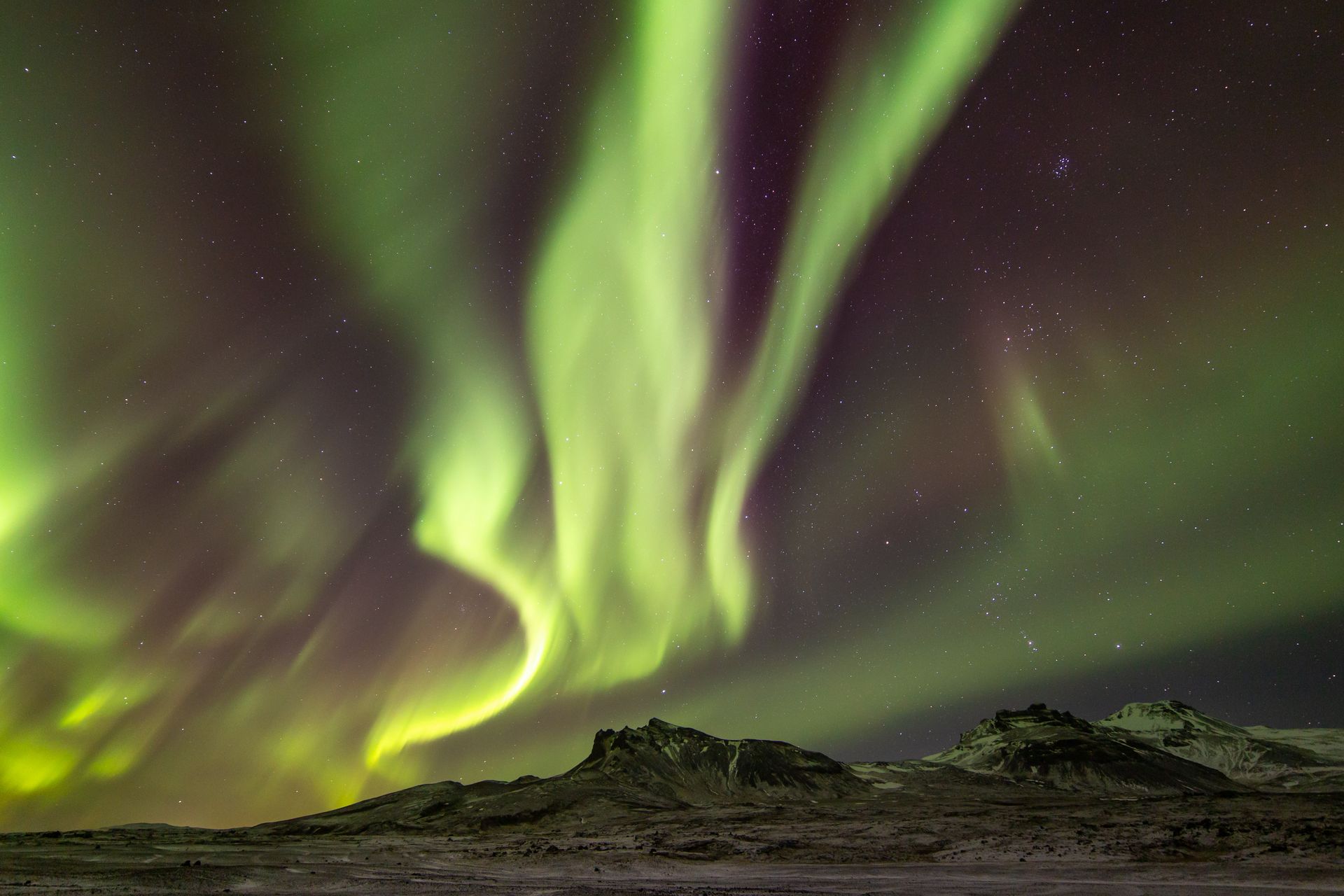
Favorite Locations for Aurora Spotting in Snæfellsnes
- Kirkjufell Mountain: Often featured in travel magazines, Kirkjufell provides an iconic silhouette beneath the dancing lights.
- Arnarstapi & Hellnar: Quaint fishing villages with gorgeous sea cliffs—perfect if you want the Aurora to reflect off the water and rugged coastline.
- Snæfellsjökull National Park: Home to the famous glacier-capped volcano, this area’s high-altitude vantage points can offer wide, sweeping views of the horizon. Also, Hreggnasi and other mountains provide a beautiful backdrop for the Northern Lights.
Local Knowledge Makes All the Difference
The Aurora forecast only tells part of the story. Local knowledge—understanding wind directions, cloud formations, and how weather shifts around Snæfellsjökull—is invaluable for successful Aurora chasing.
Here is our process for finding suitable weather conditions:
We use the Icelandic Met Office forecast. In our experience it provides the most accurate forecast.
Check the
wind forecast first. If it’s really windy, then it’s no fun to go Aurora hunting and then it’s also more likely that clouds are present.
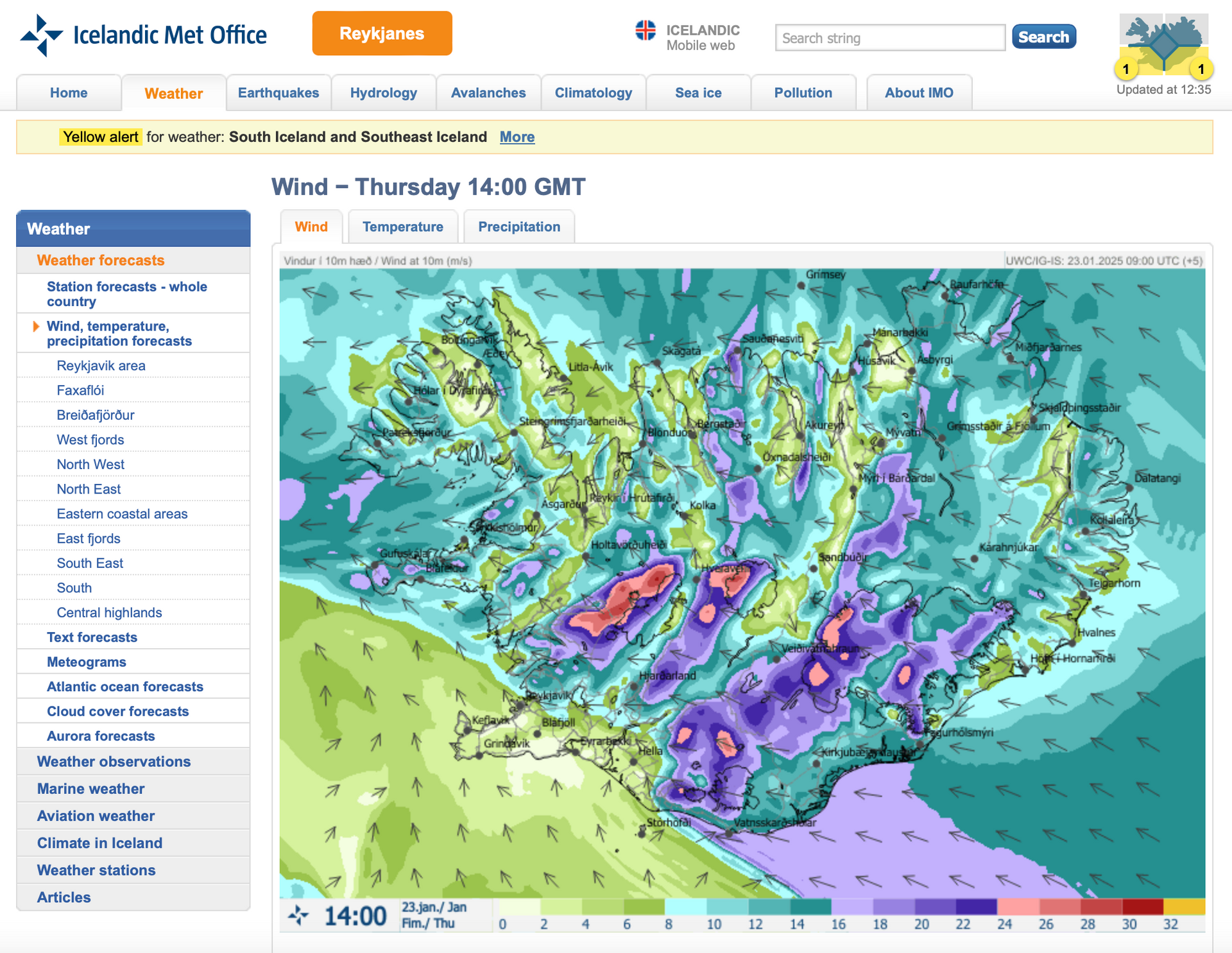
Check the
precipitation forecast next. If it’s raining, chances are very slim that there is a gap in the clouds.
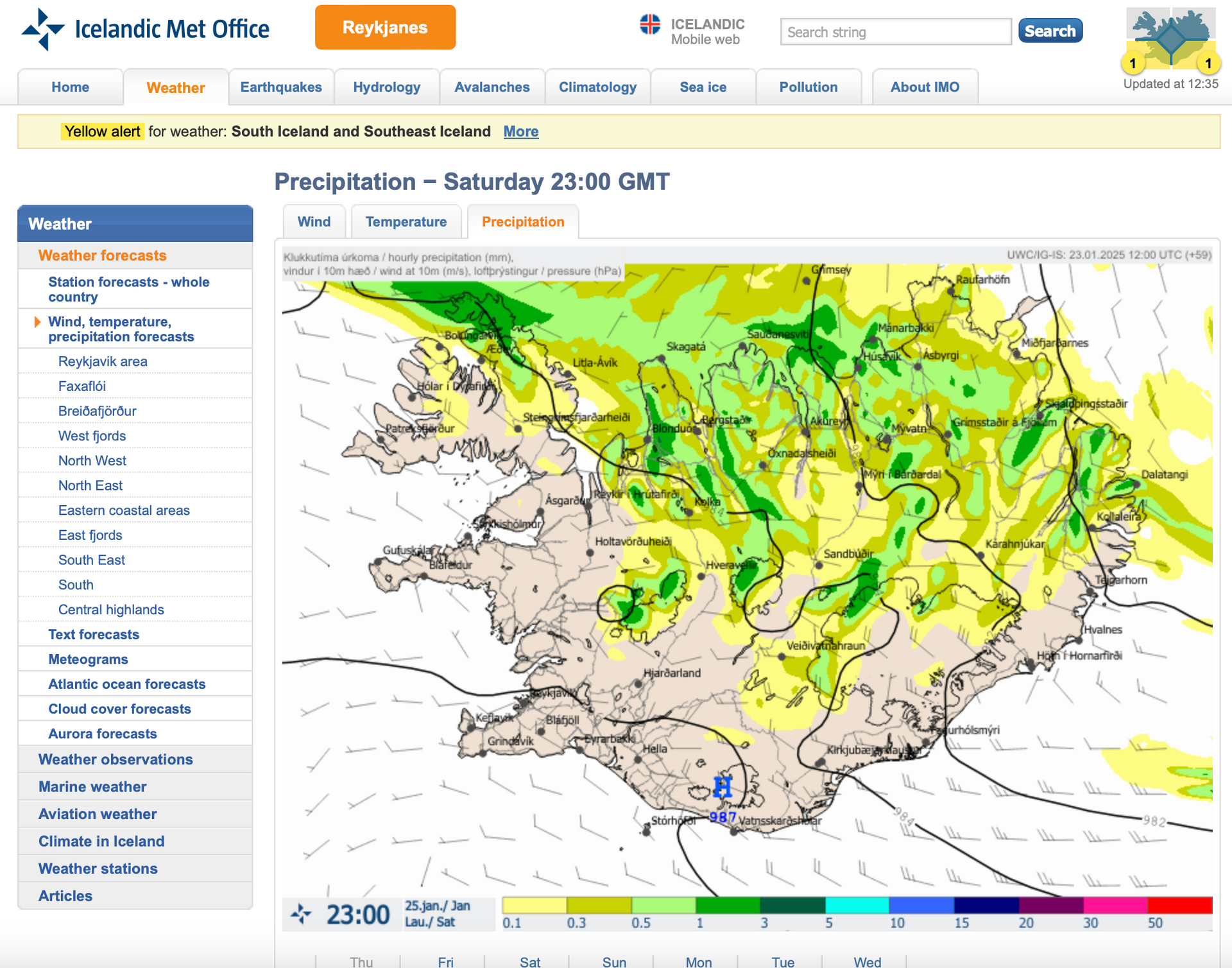
Finally, check the cloud cover forecast. We use the composite forecast for cloud cover, which shows low, mid and high level clouds. With low cloud cover your chances are slim, but often the high clouds have more gaps. Best case is of course if there is no color on the map. Colored areas represent clouds.
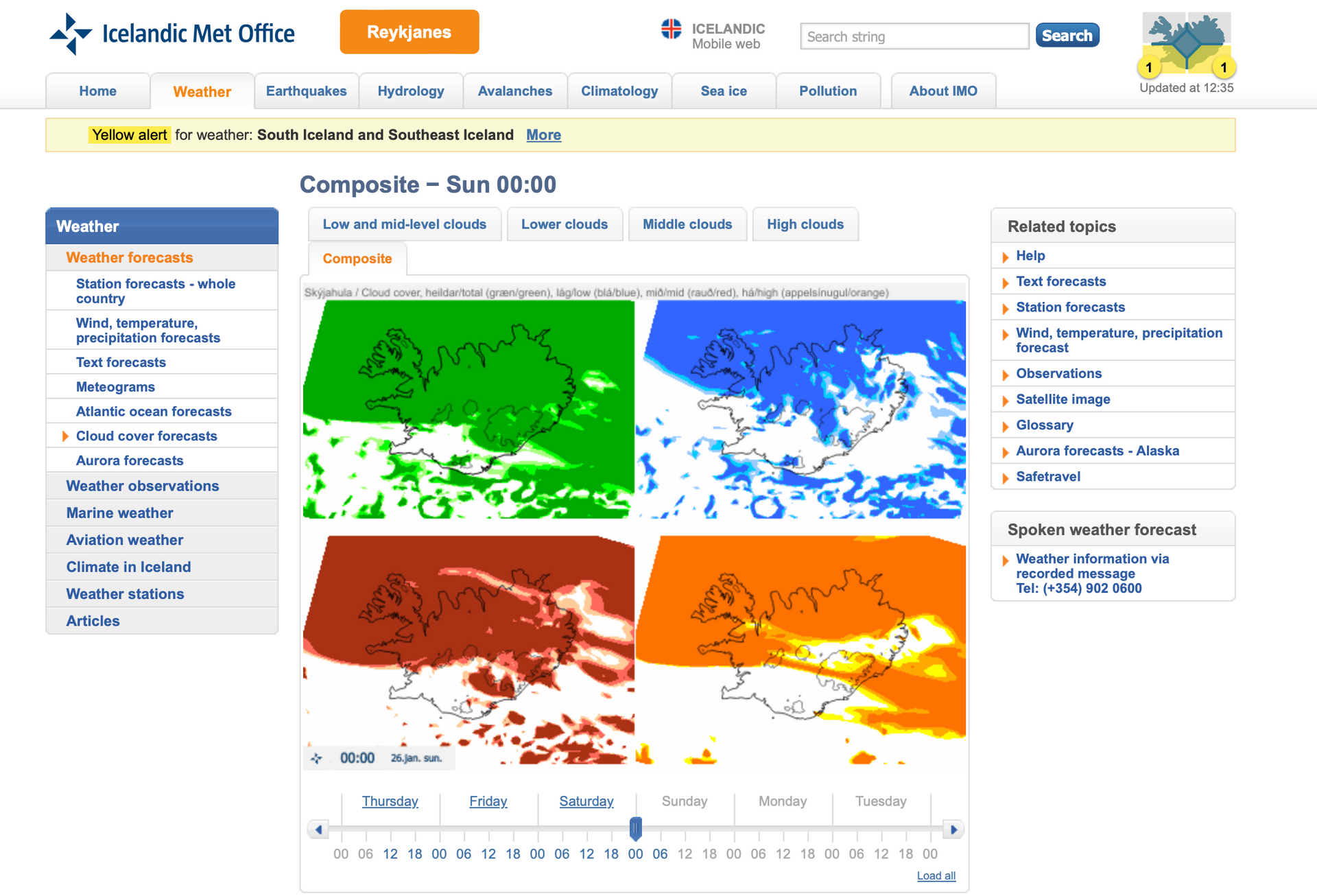
Note: For low clouds (blue color), try positioning yourself on the lee-side of mountains. The clouds often dissipate when passing over the mountains. If you’re unsure, try driving around between Arnarstapi and Hellissandur, through the National Park, often there are gaps in the clouds somewhere along the way.
Capture the Magic (Photography Tips)
- Use a Tripod: The Northern Lights require longer exposure times. A sturdy tripod reduces blur and ensures crisp images.
- Set manual focus:
- Easy way: set lens on manual focus, turn the focus ring to infinity sign.
- Professional way: Set your lens on manual focus, use digital zoom to find a star, turn the focus until you make the star as small as possible. You now have a great focus.
- Manual Settings: Keep your camera on manual mode with a wide aperture (f/2.8 to f/4), or faster if you have fast lens (like f/1.4), a moderately high ISO (800–3200), and a long shutter speed (5–20 seconds). If your camera and lens is light sensitive, try playing around with shorter shutter speed to freeze the movement of the northern lighst. That may give you a clearer image.
- Bring Extra Batteries: Icelandic cold can drain batteries faster than normal, so pack spares.
- Don’t Forget to Enjoy the Moment: It’s easy to get lost behind the camera. Take a minute to put the camera down and savor this celestial display with your own eyes.
- Phone photography: Use tripod if you have one, set your camera to long exposure on night-mode. Modern iPhones have up to 30 sec exposure when on tripod, but 10 second exposure handheld. Learn to capture photos in the dark before coming, you can practice in dark rooms or outdoor at night to learn before arriving.
Bonus point: Do the Northern Lights look like the photos?
The answer is yes and no. The power range of the Aurora is huge. Few days a year on average we have really powerful shows with pink, white and green colors very bright, visible and vibrant to naked eyes. When they’re not powerful, camera tricks can make them look stronger. Many see the less-powerful aurora and think it’s all just a lie. But the power of the Aurora varies a lot!
Come visit Snæfellsnes and let the magic of the Aurora Borealis create memories you’ll cherish for a lifetime.
